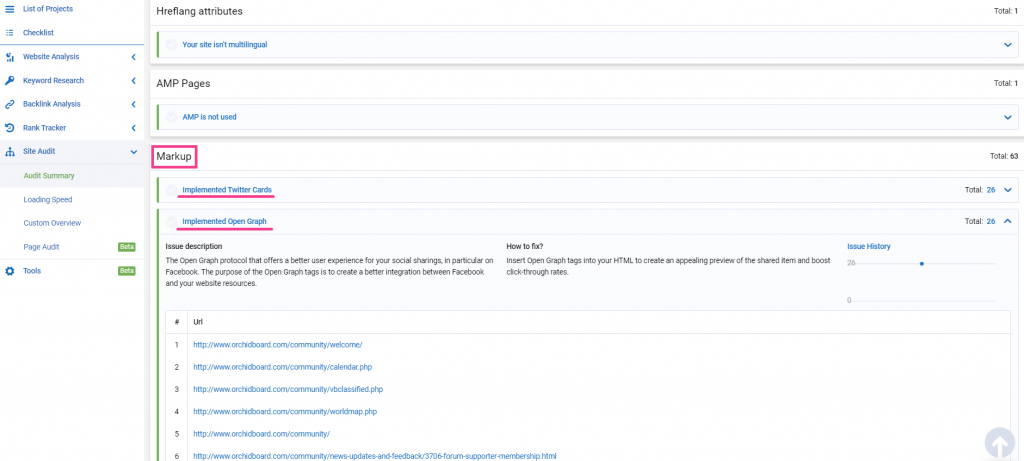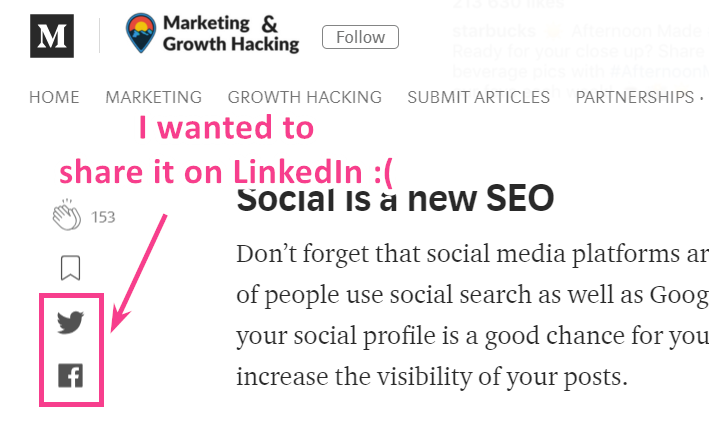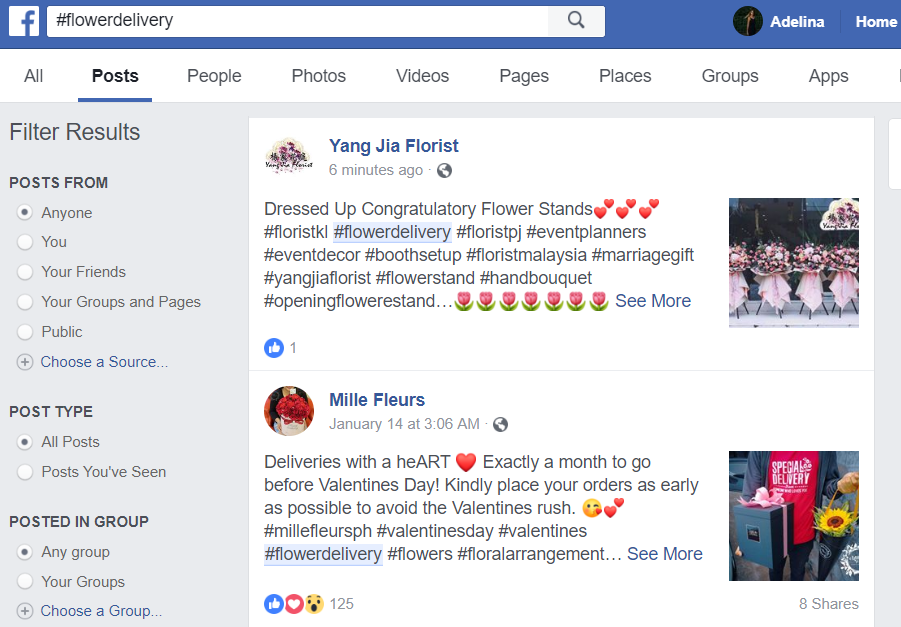In the 21st century, it’s pretty difficult to find a business that doesn’t run a blog. According to Content Marketing Institute, 91% of B2B and 86% of B2C marketers consider content marketing a key strategy.
The main goals of content marketing are establishing your brand’s expertise and building relationships with your target audience. To achieve them, most brands take efforts to create educational content, checklists, ratings, etc.
Of course, traffic and engagement metrics are the best signs that you’ve created an efficient strategy. But what if you produce high-quality content on your blog, but the traffic leaves much to be desired?
The reason for this is pretty simple – your site might fail to be optimised for social media channels. Promotion of the published article usually takes more efforts than content creation.
In this post, I won’t discuss the importance of social media for your marketing efforts (I hope it’s clear without any articles). Instead, I’ll tell you how to make your social media channels drive traffic to your blog.
Contents
1. Check Whether Your Site is Optimised for Social Media
One of the basic mistakes of website optimisation is forgetting about social media markup. For instance, if you didn’t configure Open Graph settings, your content, when shared, may fail to look as intended.
Here’s the way a page without Open Graph markup will be displayed on social media:
What will happen when readers share this content? As there’s no engaging description and image, you can hardly expect social media users to pay attention. On the contrary, here’s the same post optimized for social media:
That’s why you should never forget to check whether there are Open Graph and Twitter Card markups. To do this, you can go with an SEO tool you use to conduct your site audit. In case you don’t use any, I’d recommend either Screaming Frog SEO Spider or Serpstat. If you choose Serpstat, simply create new project and start audit. When the report is ready, scroll the results to the Markup section. Click on Implemented Twitter Cards or Implemented Open Graph to see the list of pages that lack markup:
2. Social Media Share Buttons
I have several tips concerning this issue. First of all, don’t forget to add share buttons to your site’s pages. Sounds obvious, doesn’t it? Then why isn’t everybody doing it?
Implementing share buttons on your blog pages is an essential part of content promotion. However, even popular blogs fail to do it sometimes. You can often see that some websites miss specific social media channels.
Secondly, keep testing the placement of share buttons on your pages. For instance, if you publish a short article, sharing buttons should be located somewhere close to the bottom.
On the other hand, when it comes to long-form content, people may share to simply bookmark the post and read later. In this case, it would be better to place the buttons in the upper part of the page. OR simply add them to your fixed header, as the Einstein Marketer blog does 🙂
3. Develop Your Titles
Short titles leave enough space for the article description without risk of being cut somewhere in the middle.
Social media feeds are crowded with articles, reposts, advertisement, etc. People usually scroll until they find something catchy, so make sure your title is engaging and appealing.
Moreover, Backlinko research has proved that titles that end with a “?” get 23.3% more social shares than headlines that don’t end with a question mark. Consider this when creating titles for your future articles.
4. Add Engaging Descriptions and Images
As I’ve already mentioned, social media users need catchy content. When you share your post on social media, you have just a few seconds to encourage people to click-through. Your description and image will be the second thing the audience pays attention to, don’t neglect them.
Here’s a great example of how a blogger engages his audience with images:
The engagement metrics of this post denote its success.
5. Set the Counters on Your Pages
Show how many people shared your content. The more shares readers see, the more chances they’ll also want to share your post. This is how psychology works.
It’s also a great idea to add a comment count at the top of the article. The number of comments will indicate that your content is worthy of feedback.
6. Engage Users to Comment on Your Posts
Add a call to action to your articles. There’s no need to reinvent the wheel looking for different ways of increasing social media engagement, ask users to leave comments and share posts on social media.
On January 11th, 2018, Mark Zuckerberg announced Facebook’s updated algorithm: ‘You’ll see less public content like posts from businesses, brands, and media. And the public content you see more will be held to the same standard — it should encourage meaningful interactions between people.’
This algorithm prioritises commenting and sharing over likes and views. So, the number of social comments and shares influences how many people will see your post in their feed. As these signals contribute to your post’s News Feed ranking, don’t miss this step.
BTW: Discover the right sizes for all your images on social media including LinkedIn, in our guide to Social Media Image Sizes.
7. Use Hashtags
It’s not a secret, hashtags increase the visibility of your posts significantly… when you use the right ones.
If I want to promote my new cafe guide and add the ‘#cafe’ hashtag, it won’t bring me any profit. There are so many posts being published with this hashtag every few seconds, that my topic will get lost in the archives within a minute.
So, here’s a short guide to hashtag marketing (or you can check out the Ultimate Guide to Instagram Hashtags):
- Common hashtags: These are the general phrases related to your subject. They help you categorise your content and highlight keywords. One important thing you should consider when adding common hashtags is that the more specific they are, the better. Try avoiding one-word hashtags and find the phrases that will increase the visibility of your content. Of course, to discover these hashtags, you need to perform research. Before using one, search for it on the social channel. Then think whether it provides reasonable competition (or whether it’s popular enough).
- Brand hashtags: You can also provide a signature tag. These hashtags contain your brand name. As they’re unique for your business, they won’t really drive traffic to your website. However, brand hashtags contribute to brand awareness when your customers use them in their posts.
- Campaign hashtags: These hashtags are easy-to-remember slogans. Marketers use them when launching a new campaign or contest. They usually help get more backlinks and attract potential customers.
Conclusion
Although content creation is an essential part of your marketing strategy, it’s just a small part of the whole process. Unfortunately, if you want to drive traffic to your website, providing high-quality blog posts isn’t enough. To achieve your goals, you should make content promotion your top priority.
Social media presence is considered to be the best strategy for nurturing relationships with the audience and building brand awareness. But many brands are still losing the opportunity of joining their social media and content marketing efforts to take maximum advantage. So, stop being one of these brands and make sure you put these tips into practice.
- About the Author...















